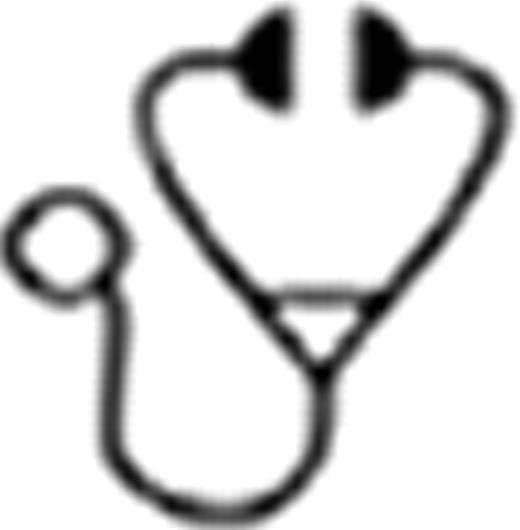Abstract
The discovery of the JAK2V617F mutation has triggered the development of agents that target the activity of this mutant enzyme. It has been recently shown that both wild-type JAK2 and JAK2V617F kinases translocate to the nucleus of various human leukemic cell lines and primary CD34+ hematopoietic progenitors and phosphorylate histone H3, resulting in loss of affinity for the transcriptional repressor heterochromatin protein 1α (HP1α), which in turn, it causes aberrant gene expression. These results provide the rationale to use histone modifying agents for the treatment of MF. SB939 is a small molecule (dialkyl benzimidazole) competitive inhibitor of histone deacetylase (HDAC) that has >1000-fold selectivity for HDAC Class 1 and 2 versus Class 3. We are conducting a study of SB939 in pts with MF.
This is a phase 2, prospective, open-label study to determine the efficacy and safety of SB939 in subjects with MF (primary or post-ET or –PV) with intermediate-1, intermediate -2 or high risk disease according to the IWG prognostic scoring system, and for those with low risk and symptomatic splenomegaly ≥5 cm below left costal margin. Initial SB939 dose was 60mg every other day three times weekly for three weeks. Response is assessed using the International Working Group (IWG) criteria. After 22 pts started SB939, the study was put on hold to assess toxicity with a provision of terminating the trial if ≤4 pts responded after being treated for 6 months.
23 pts were accrued (77Results: 23 pts were accrued (77% male, 81% JAK2V617F-positive). Median age was 67 years (range, 51–74), WBC 13×109/dL (1.2–103.2), Hg 9g/dL (6–26.6), platelets 143×109/dL (21–572). Eighteen (82%) pts carried the JAK2V617F mutation, with a median allele burden of 59.6% (19.9–94.95%). Seven (33%) pts had abnormal cytogenetics. Ninety-one percent of pts were symptomatic at study entry with a performance status of 0 (n=5%), 1 (73%), or 2 (22%). Ninety-five percent had splenomegaly with a median spleen size of 13cm (range, 0–29cm). Twenty-two pts are assessable for response and toxicity. Six (27%) pts experience a decrease in spleen size (median 3 cm, range 1–4). Two pts had anemia clinical improvement by IWG criteria (Hg increased from 9.1g/dL at baseline to 11.1g/dL at last follow-up and from 7.9g/dL to 15.3g/dL). Five (50%) of 10 pts with hepatomegaly reduced their liver size (median 3cm, range, 1–6cm). Three (17%) of 18 JAK2V617F-positive pts had reductions of allele burden (median 11.4%). The most frequent side effect was fatigue, which occurred in 20 (91%) pts: grade 1 (n=17) and grade 2 (n=3). Other toxicities included pain (n=5), peripheral edema (n=4), and diarrhea (n=3), all grade 1. Rates of grade 3–4 neutropenia, anemia, and thrombocytopenia were 13%, 0%, and 21%, respectively. No pt has died during the conduction of the study and 3 remain on the study receiving SB939 at 60mg (n=1) or 50mg (n=2); 19 pts are off study due to lack of response (n=9), disease progression (n=4), pt's request (n=2), unrelated medical problems (n=3, surgery for aortic aneurism, prostate cancer, infection), fatigue (n=1).
SB939 has modest activity as single agent in pts with MF. Most responses consisted of reductions in spleen and/or liver size with minimal activity on anemia. Combination studies at lower doses are planned with JAK2 inhibitors.
No relevant conflicts of interest to declare.

This icon denotes a clinically relevant abstract
Author notes
Asterisk with author names denotes non-ASH members.

This feature is available to Subscribers Only
Sign In or Create an Account Close Modal